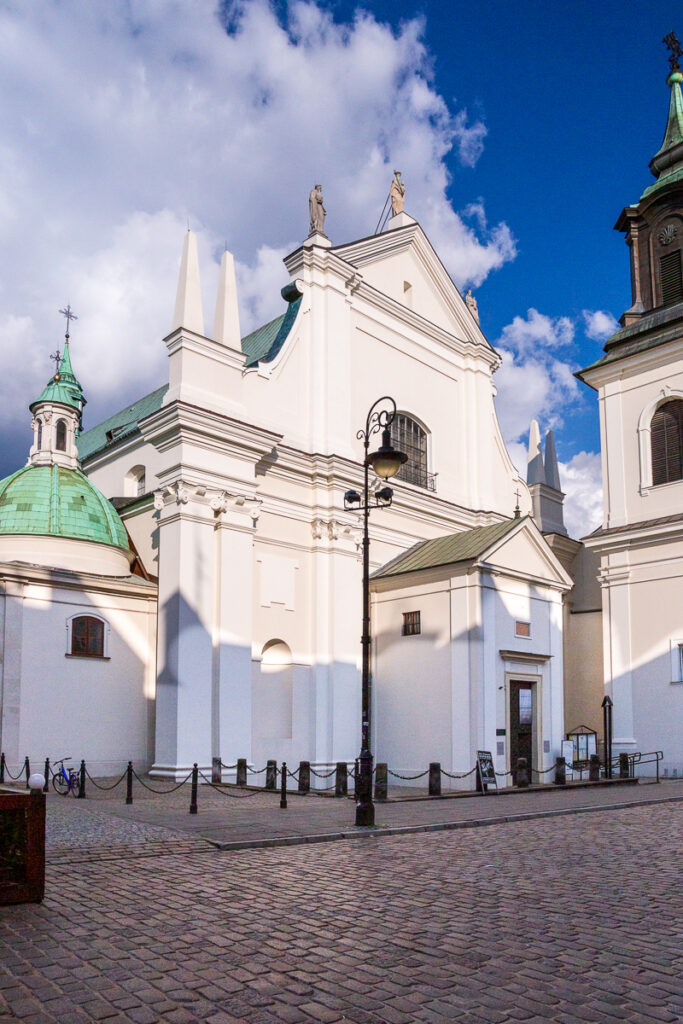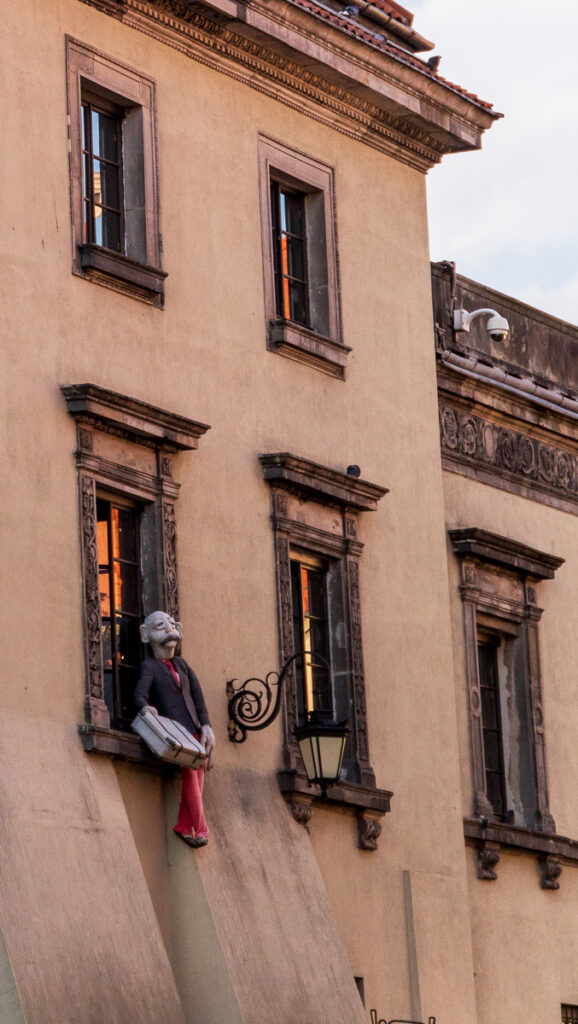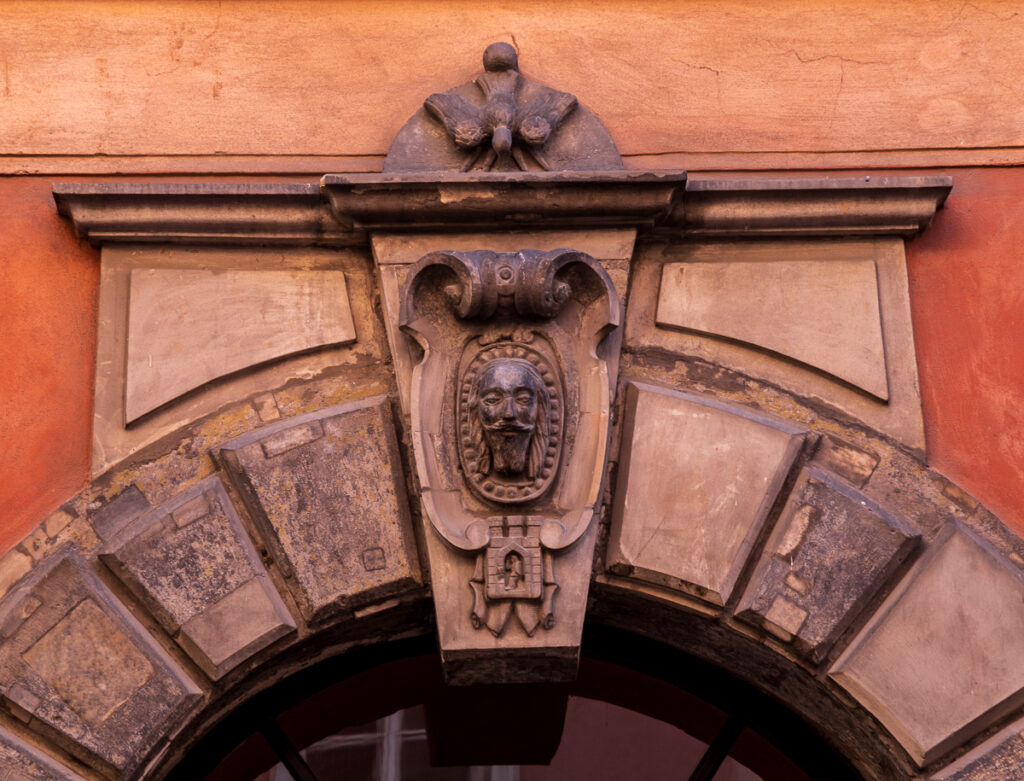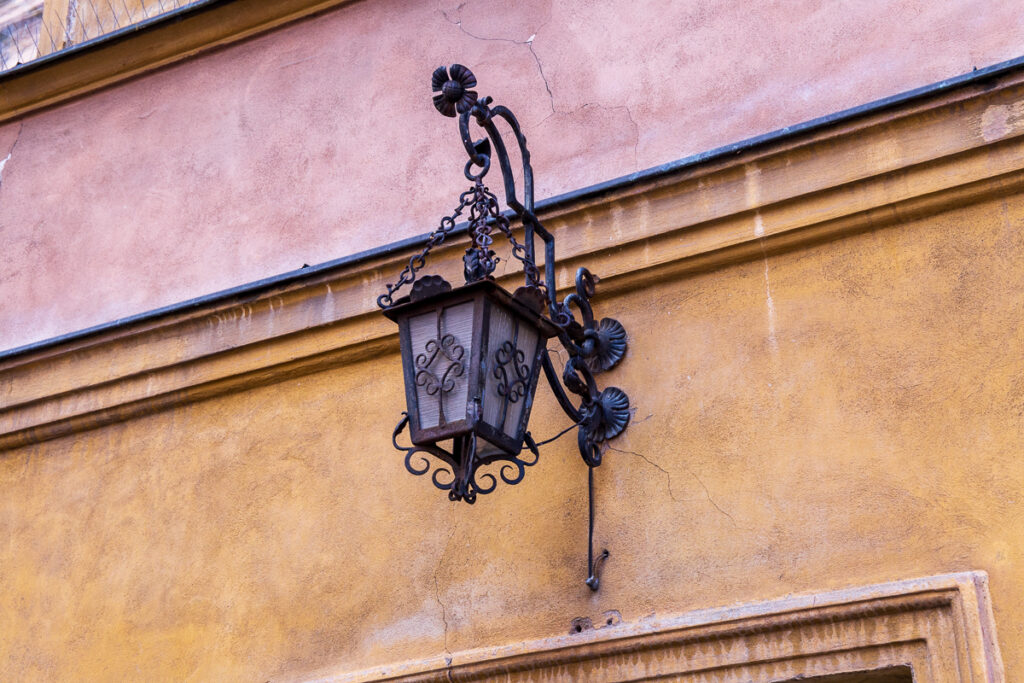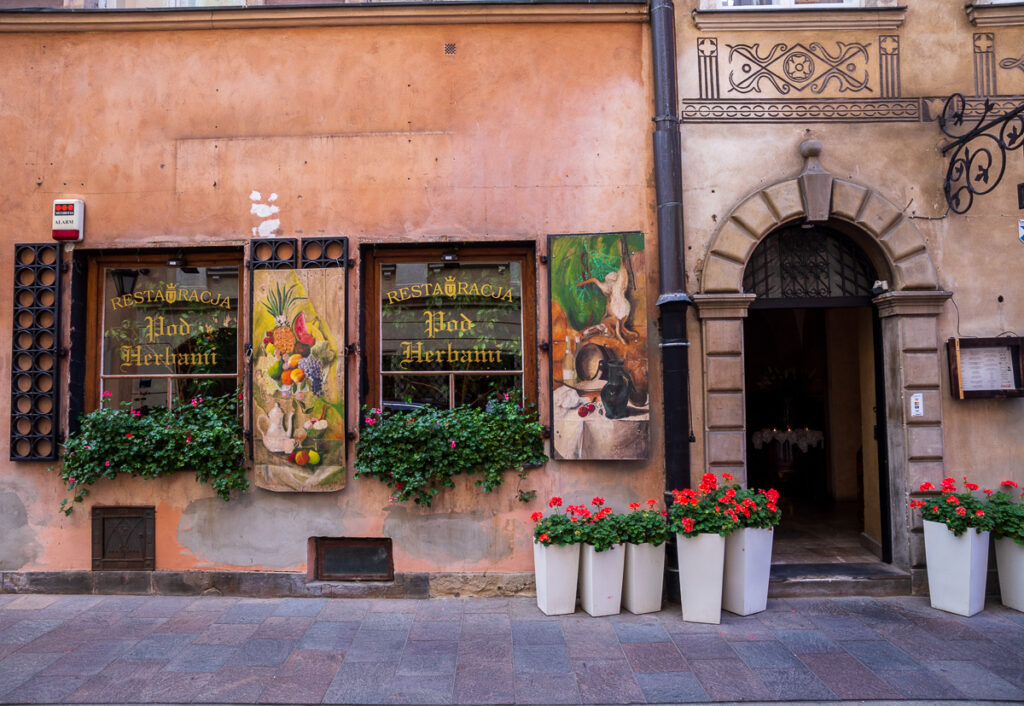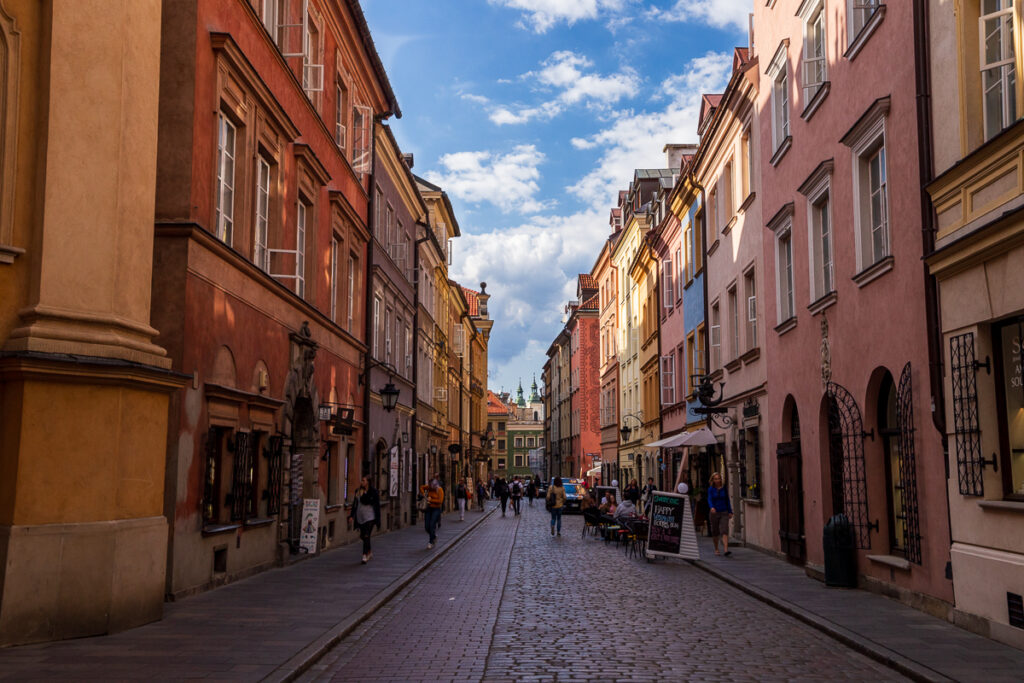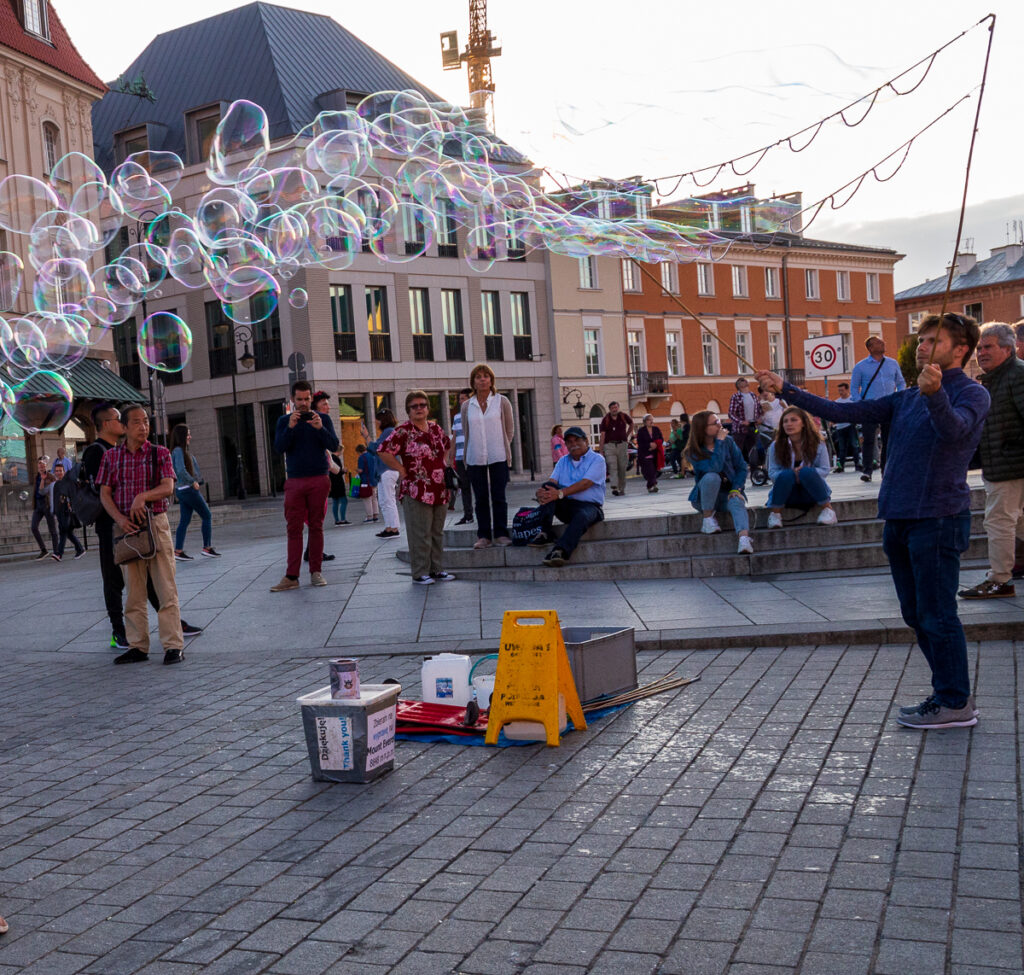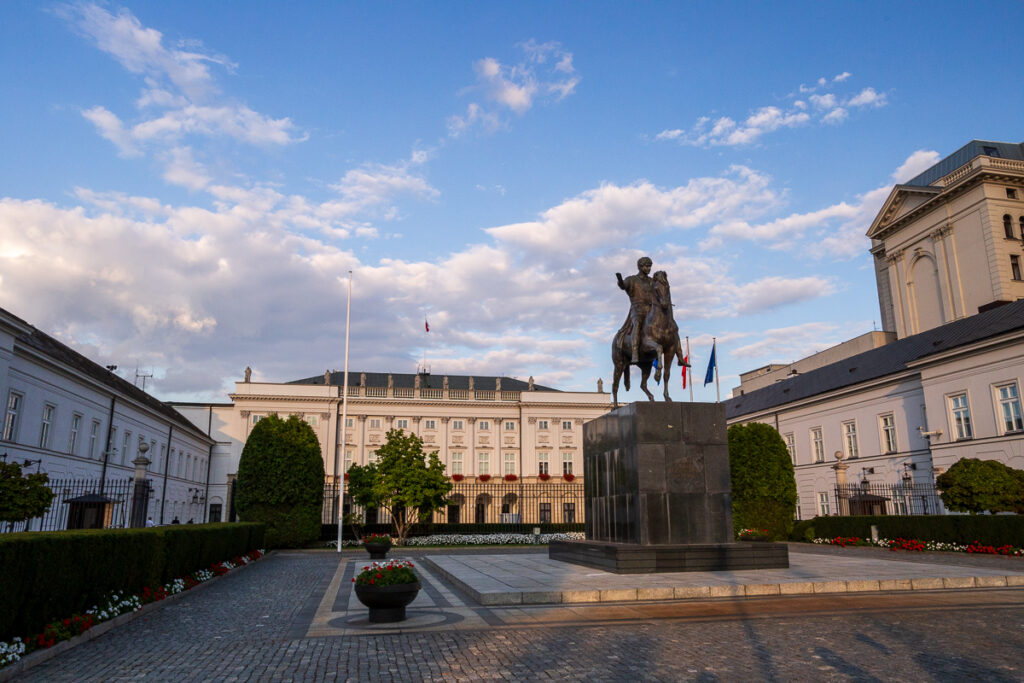Walking through historic Warsaw, you feel like you are in a place untouched by time. But the Warsaw, I walked through and photographed had been rebuilt from the intense damage caused by World War II.
The proud history of this town includes the uprising against the Nazi occupiers in the summer of 1944 led Home Army guard part of the Polish underground resistance. It was the largest resistance movement during World War II and timed to take place when the defeated German army was retreating from the east, ahead of the Soviet advance. Sadly, the Red Army halted their advance in the eastern suburbs of Warsaw allowing the Germans to defeat the uprising. The uprising lasted 63 days with little outside support . The Nazis had losses of about 20,000 troops dead or wounded. But the civilian population of Warsaw had 150,000 people killed in airstrikes and in fighting throughout the city.
After defeating the Polish resistance, the Germans took their revenge and razed the city with more than 85% of the city’s historic center in ruins. The damage to Warsaw wasn’t predominantly caused by fighting but by the willful destruction of the city by the Germans after the uprising was squashed.
The city was rebuild, in part, from the cityscapes painted by Venetian Bernardo Bellotto ( 1722 – 1780). Bellotto was a court painter to the King of Poland in 1768 and created accurate paintings of Warsaw’s buildings and squares. It was from these painting some 200 years later that enabled Warsaw to be rebuilt and become a UNESCO World Heritage site.
It had been suggested that the destruction of Warsaw be preserved to memorize the war and that Poland’s capital should be relocated.
But thankfully for generations to come, the Polish people did not heed this advance and took on the great task of rebuilding their capital. The Warsaw residents were required to clear the debris from the city to make room for the rebuilding. What could be used of the rubble from the war, went into the reconstruction of the city. The reconstruction was mostly complete by 1955 but the rebuilding lasted until the 1980s.
Thankfully the 22 Bellotto painting survived the war and are now exhibited in the Royal Castle’s Canaletto room.
To know this piece of Warsaw history — you had to be told of the rebuilding, you could not have deduced it from a walk through the historic city.
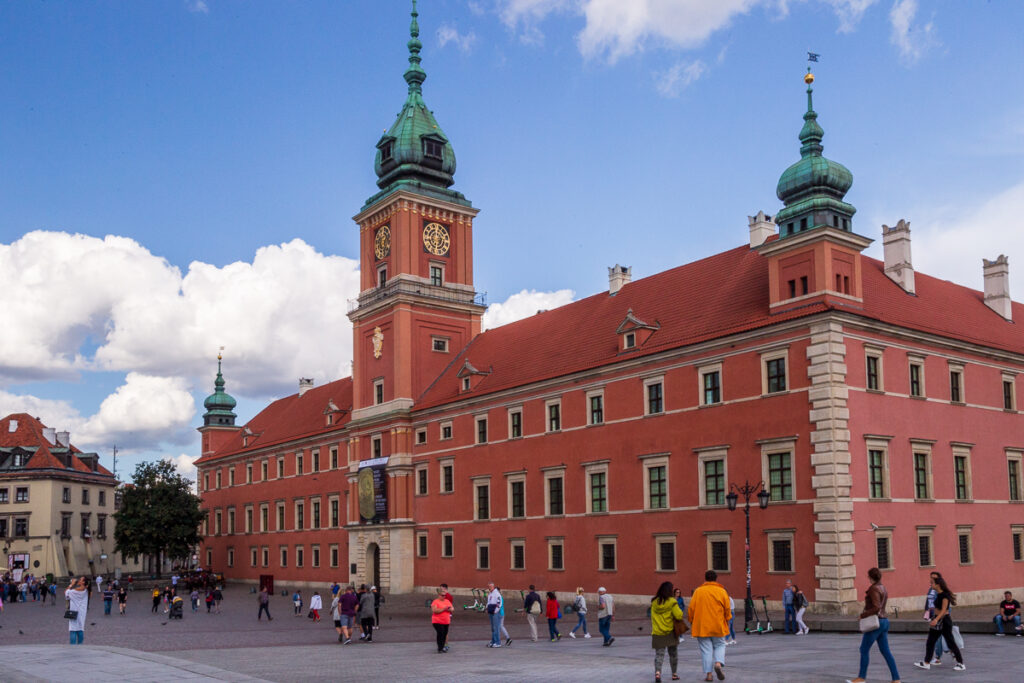
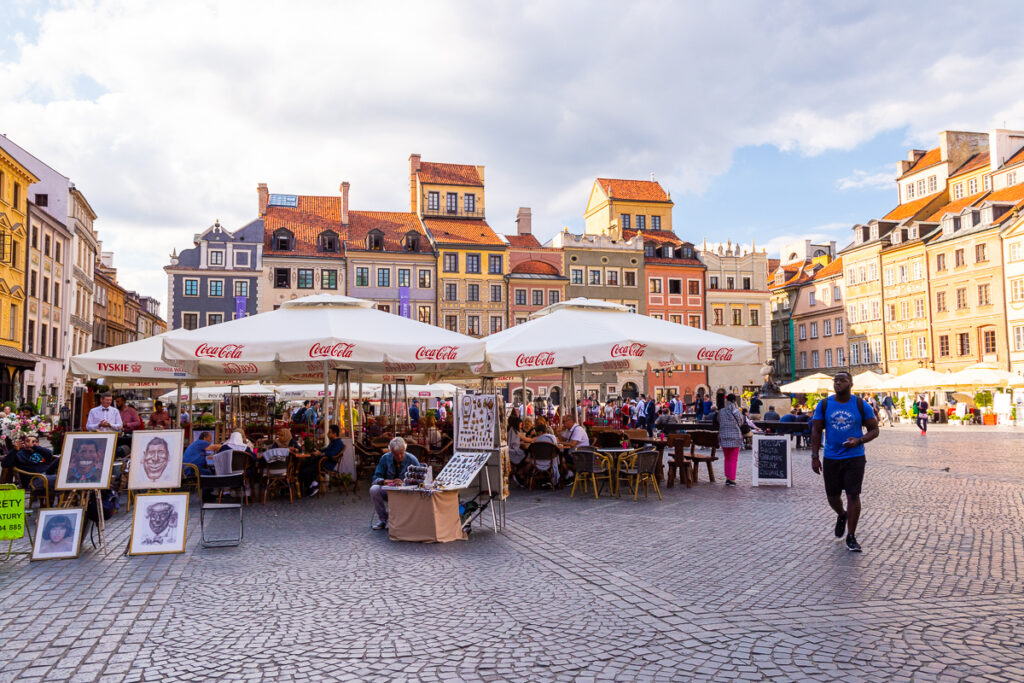
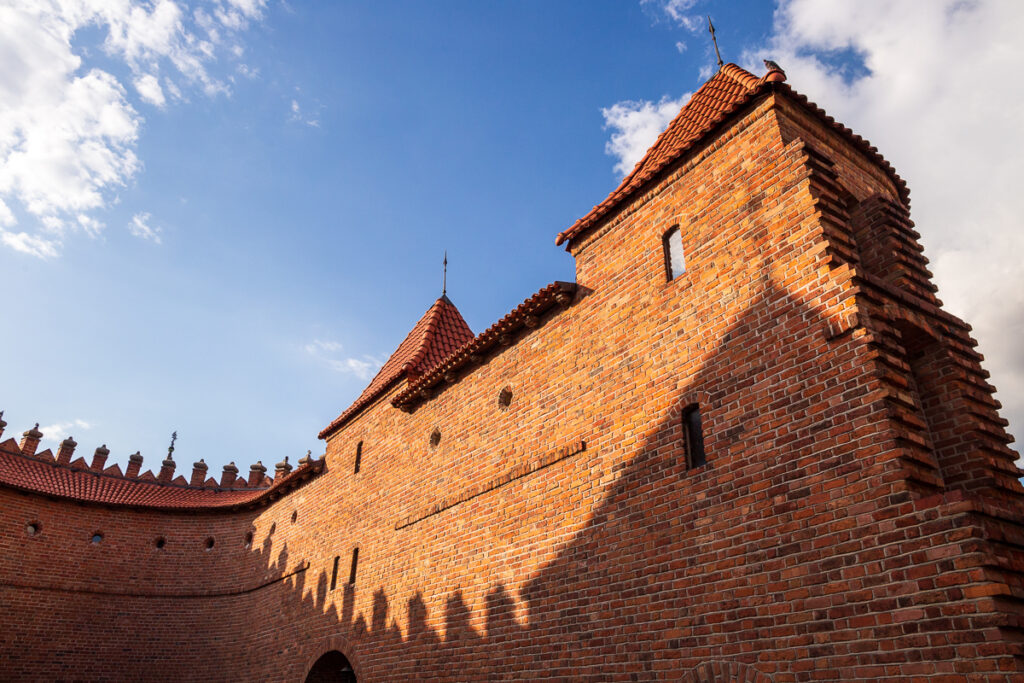
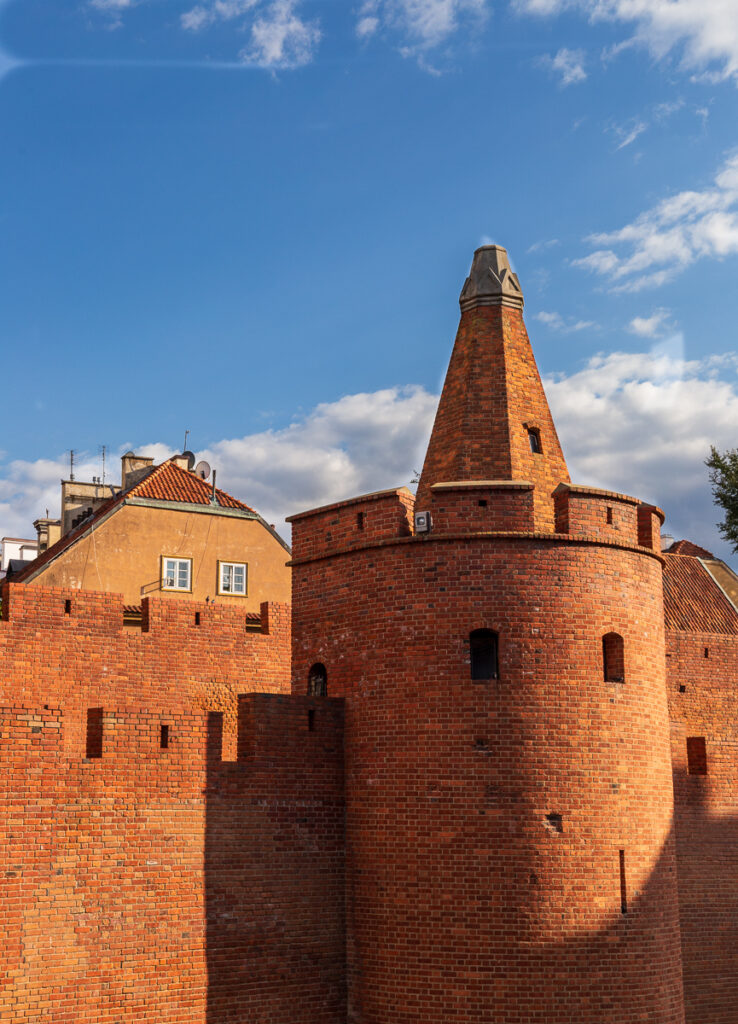
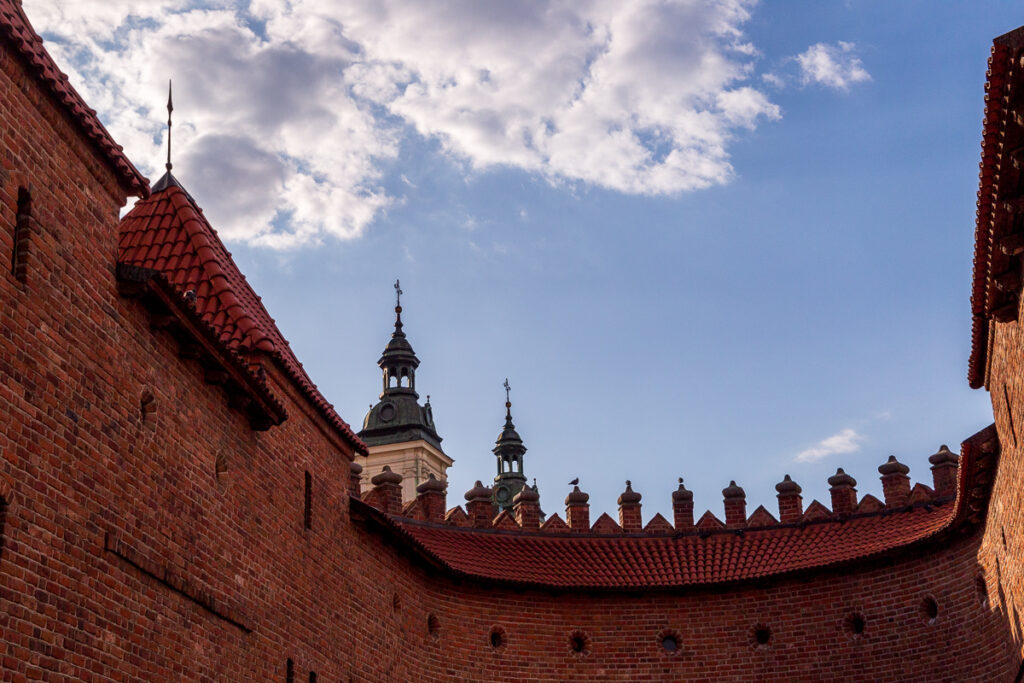
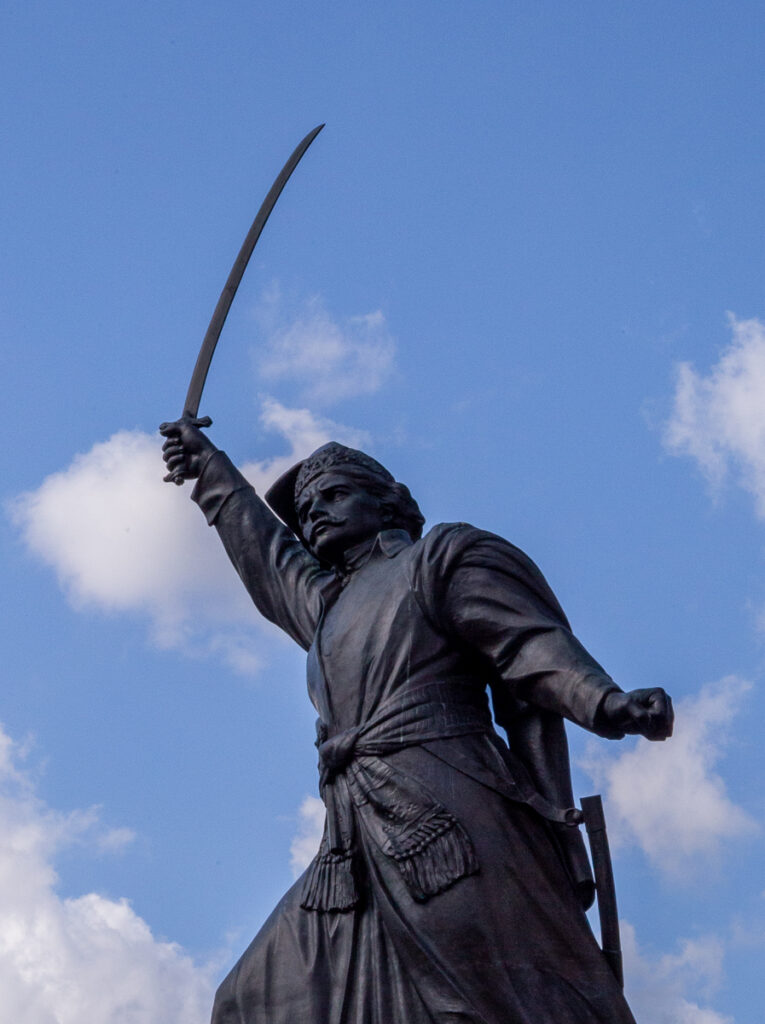
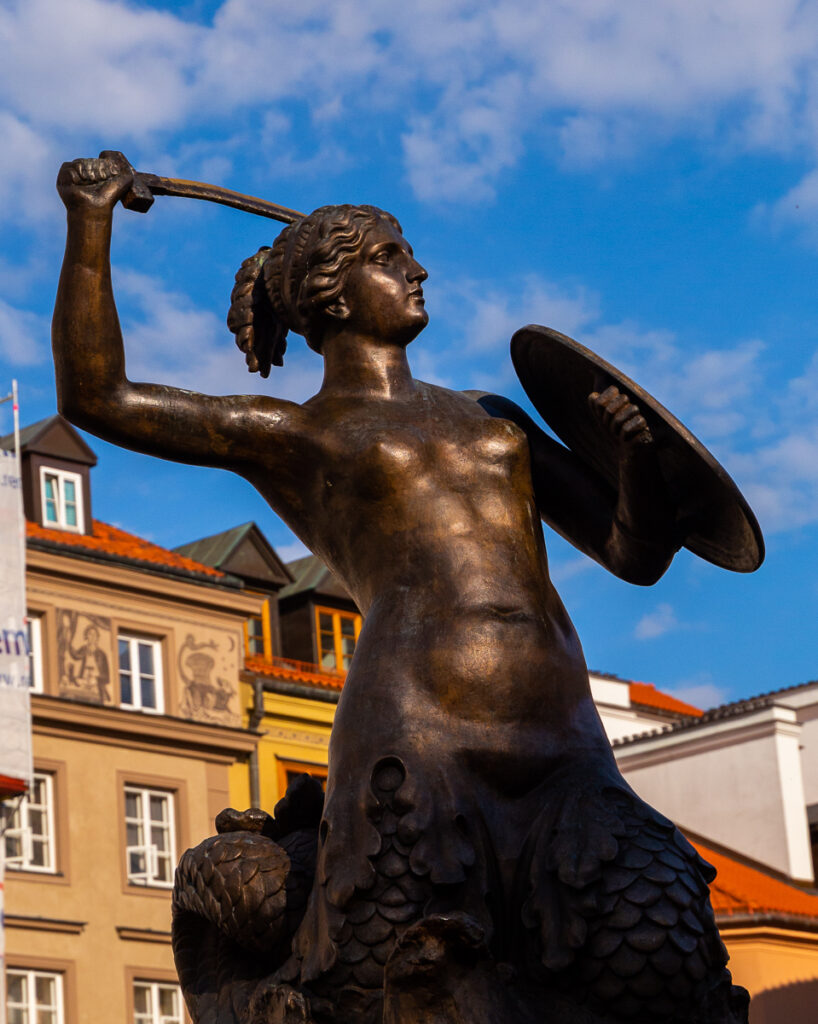
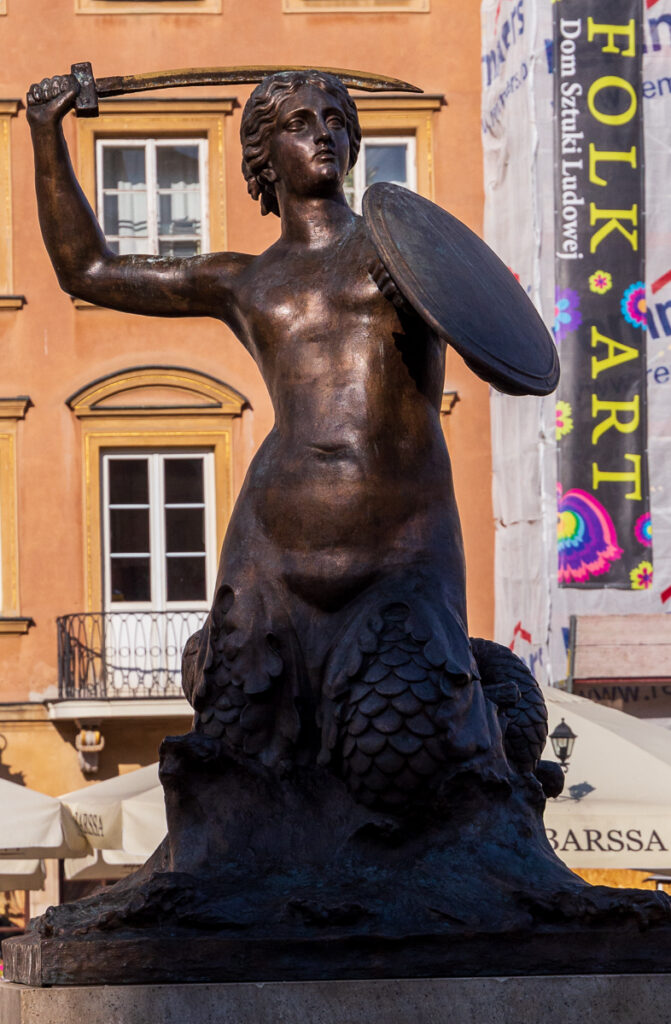
John Kilinski was one of the commanders of the Kościuszko Uprising (not the WW II uprising)in 1794 against the Russian garrison in Warsaw.
The Mermaid of Warsaw represents the city’s coat of arms and is the symbol of Warsaw. The first depiction of the mermaid dates back to 1622. There are a few interesting legends surrounding the Mermaid with one saying she stayed after shopping in Warsaw for the day.
RIGHT: Embedded caterpillar piece in the wall of the Cathedral of Saint John. Inscription “Caterpillar of German tank-mine “Goliath”, which during the Warsaw Uprising broke down walls of the cathedral.”
This history surrounding this memorial has been the most difficult to source, and as all the history included in my posts, I had to rely on what I could find on the internet. My mind couldn’t store, or my ears hear everything our guides told us on our walking tour.
The piece below the stone plaque is a piece of a German caterpillar, the Goliath. During the uprising, St. John’s was the site of intense fighting. The Goliath was driven towards St. John’s breaking down cathedral walls as it went. Other information on the web, includes a story how this caterpillar was left within the city to attract the Polish resistance and was detonated killing over 300 resistance fighters.
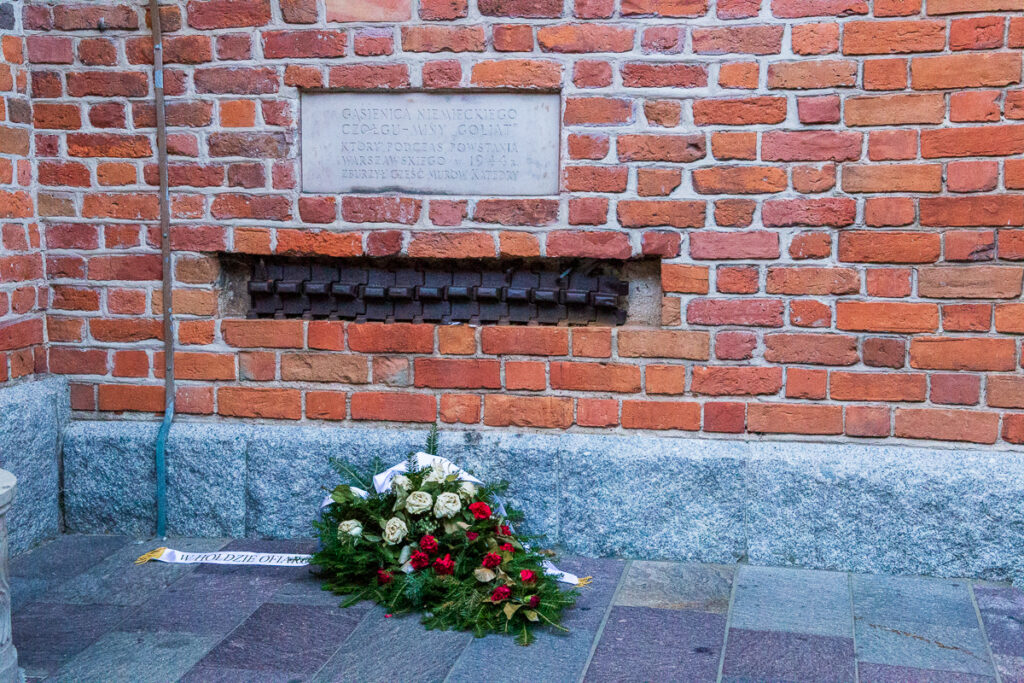
ST. JOHN’S ARCHCATHEDRAL
Rebuit: St. John’s Archcathedral – a UNESCO World Heritage Site – during the Uprising in 1944, the Cathedral was the battleground between the insurgents and the German forces who managed to drive a tank loaded with explosives into the building. After the Uprising ended, the Germans drilled holes into the remaining portions of the Cathedral, loaded them with explosives and destroyed about 90% of the its walls.
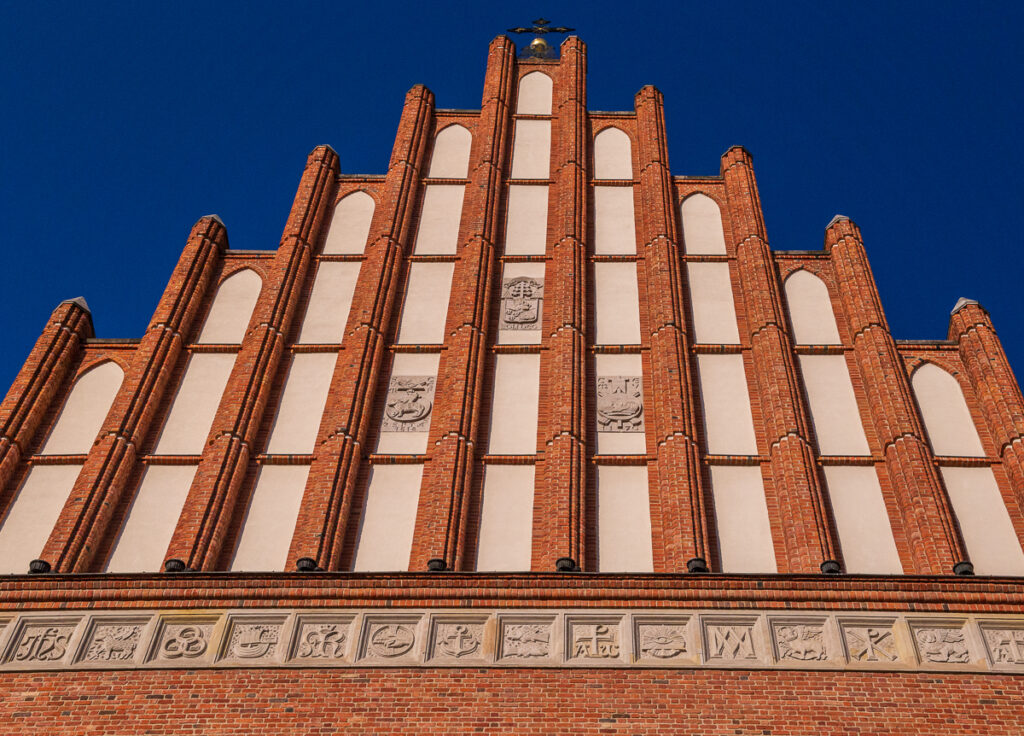
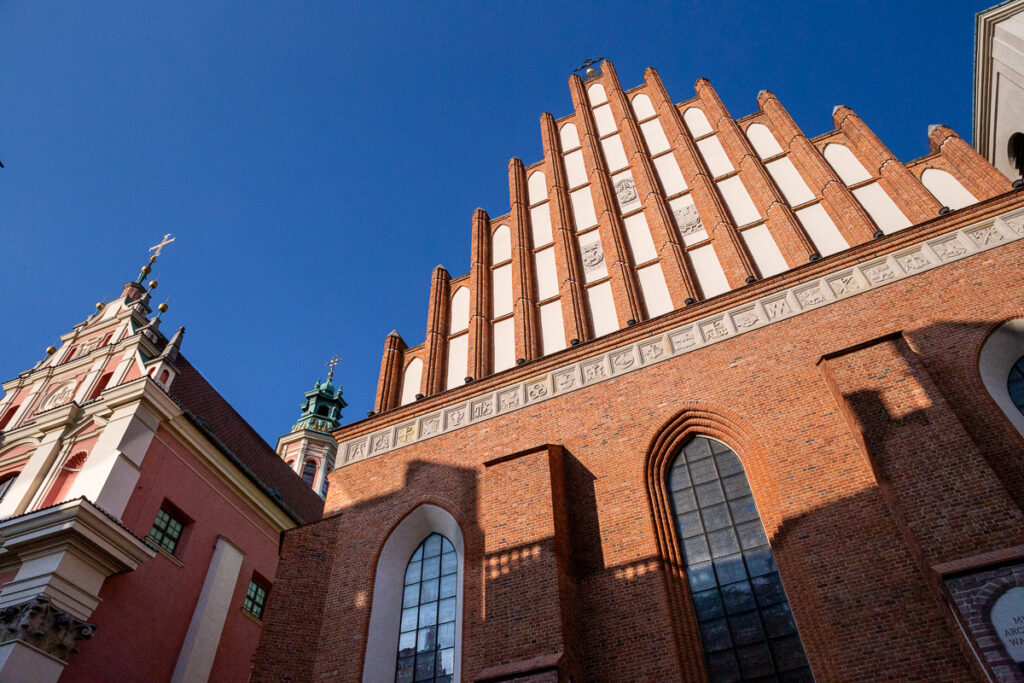
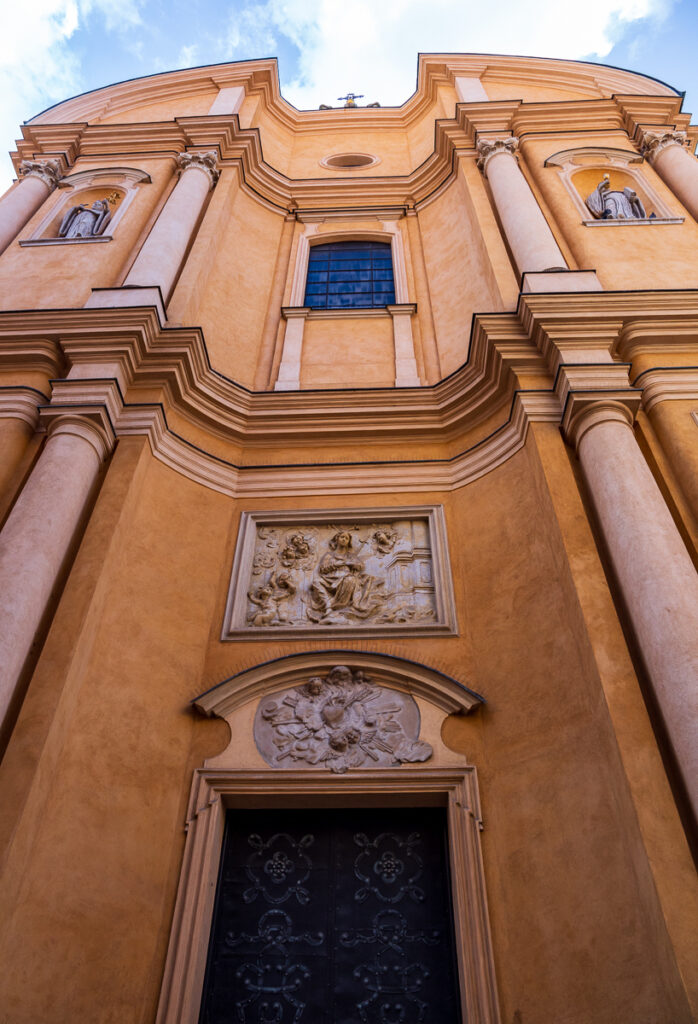
RIGHT: St. Hyacinth’s Church adjoins Warsaw’s largest monastery. Construction started in 1603 completed in 1939, church demolished in 1944 after serving as a field hospital in Warsaw Uprising.
LEFT: st. Martin’s Church opened 1353.
